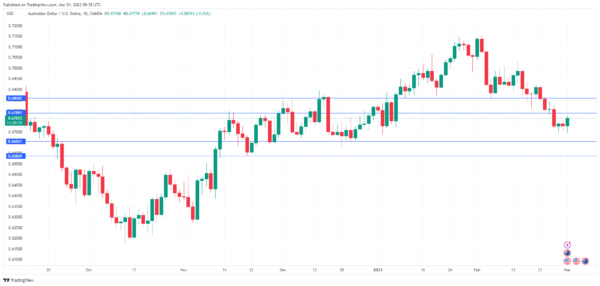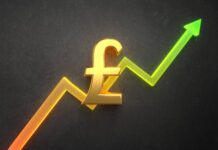The Australian dollar is showing strong gains for the first time in a week. AUD/USD is trading at 0.6764 in Europe, up 0.53%.
Australia’s inflation eases
Australia’s inflation fell to 7.4% in January, down from 8.4% in December and below the estimate of 8.0%. Australian Treasurer Jim Chalmers said that he was “cautiously hopeful” that inflation has peaked, but inflation still remained the economy’s biggest challenge. The GDP report was not as positive, with a gain of 0.5% q/q in Q4, below the Q3 gain of 0.7% and the forecast of 0.8%. On an annualized basis, GDP slowed to 2.7% in Q4, down sharply from 5.9% in the third quarter.
The RBA’s rate-hike cycle has slowed economic activity and is responsible for the drop in inflation as well as the soft GDP. The central bank will have to consider how aggressive it should be with regard to future rate increases. Inflation needs to come down much further, but further rate hikes raise the risk of the economy tipping into a recession. The RBA is expected to raise rates by 25 basis points next week but may pause at the April meeting if the data, particularly inflation, allows the Bank to take to a breather.
The Aussie received a boost today from strong Chinese PMIs. Manufacturing and Non-manufacturing PMIs improved in February and beat expectations, with readings of 52.6 and 56.3, respectively. A reading above 50.0 indicates expansion. China is Australia’s largest trading partner and a stronger Chinese economy means greater demand for Australian exports, which is bullish for the Australian dollar. China’s transition from zero-Covid to reopening the economy has gone well so far and a rebound in China is important not just for China and the region but for the global economy as well.
AUD/USD Technical
- AUD/USD has support at 0.6656 and 0.6586
- There is resistance at 0.6788 and 0.6858













